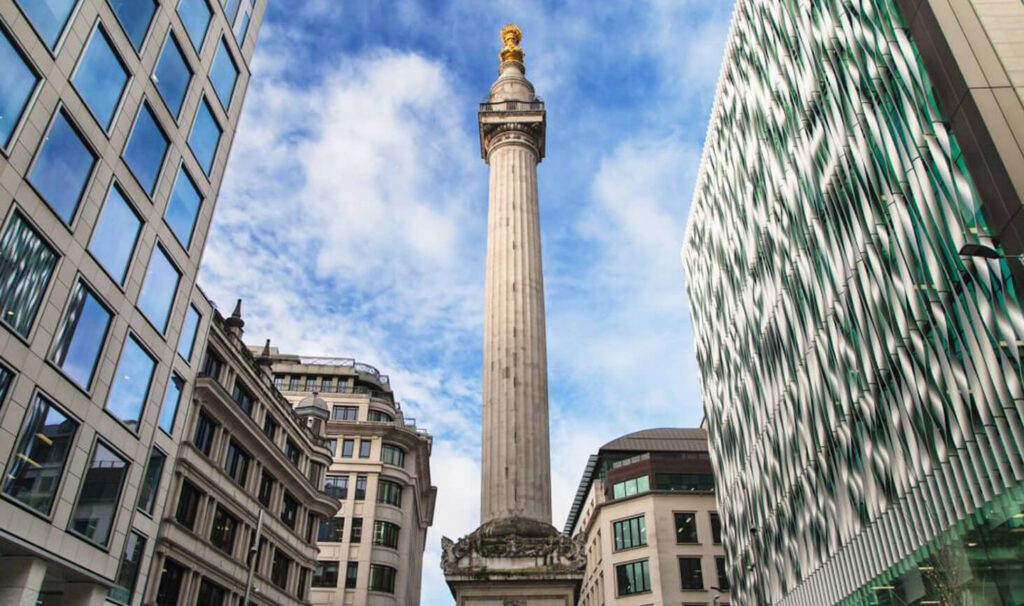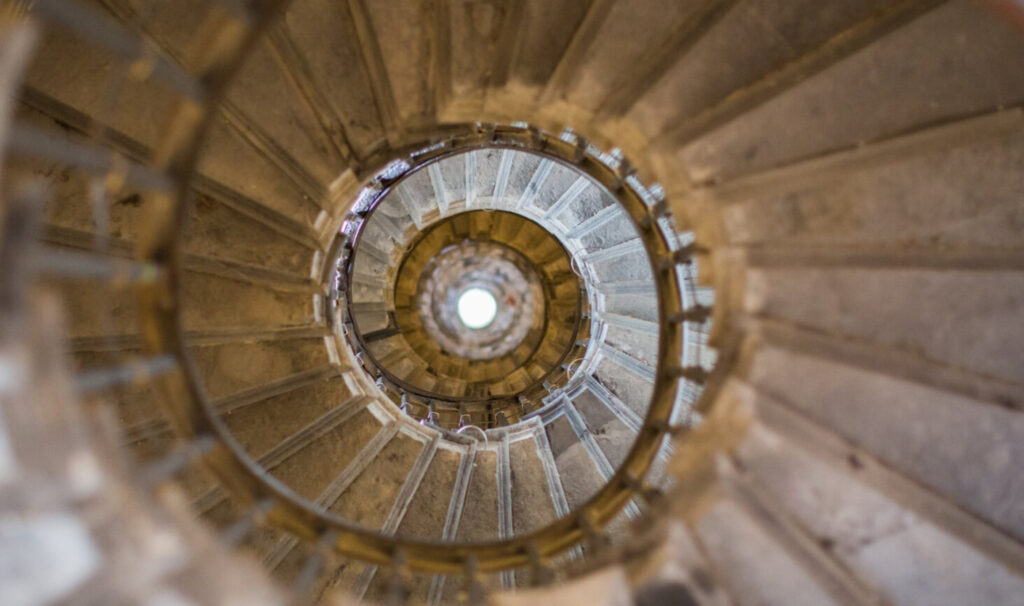Left: Robert Hooke invented the compound microscope and illumination system shown above and used it in his demonstrations at the Royal Society’s meetings. Photo credit: © Science Museum. Right: A page from Hooke’s ‘Micrographia’ illustrating the tiny cells of cork Hooke saw under his revolutionary compound microscope. Photo credit: © The Royal Society
It is interesting to speculate why English polymath Robert Hooke chose a piece of cork to examine under his new compound microscope in 1665. Maybe it was his interest in elasticity – Hooke’s Law of elasticity explains the force needed to extend or compress a spring by a certain distance.
Hooke’s publication ‘Micrographia’ was a sensation in 1665. He showed the first plant cells – more precisely, what Hooke saw were the cell walls in cork tissue. It was Hooke who coined the term “cells”: the boxlike cells of cork reminded him of the cells in a monastery. Hooke also reported seeing similar structures in wood and other plants.
The discovery of the cell has had a far greater impact on science than Hooke could have ever dreamed. What we call “cell theory” is a historical theory that is universally accepted today. It has three principles, or postulates:
- All living things are made of at least one cell.
- Cells are the basic unit of life.
- All cells come from pre-existing cells.
In addition to giving us a fundamental understanding of the building blocks of all living organisms, the discovery of the cell has led to advances in medical technology and treatment.
Robert Hooke, the greatest experimental scientist of the seventeenth century is not as widely known he deserves to be – possibly because there is no portrait of him – unlike the many contemporary scientists he knew or collaborated with such as Christian Huygens, Antony van Leeuwenhoek, Christopher Wren, Robert Boyle, and Isaac Newton.
Born on the Isle of Wight in 1635 Robert Hooke was the type of scientist that was then called a virtuoso – able to contribute findings of major importance in any field of science. His interests knew no bounds, ranging from physics and astronomy, to chemistry, biology, and geology, architecture and naval technology.
Some of the many inventions of Robert Hooke were the universal joint, a prototype of the respirator as well as the anchor escapement and the balance spring, which made more accurate clocks possible. He also worked out the correct theory of combustion.

The Monument, London. Photo credit: © The Monument
As Chief Surveyor in London Robert Hooke worked with Sir Christopher Wren in helping to rebuild the city after the Great Fire of 1666. He is best known for designing the Royal Observatory in Greenwich and The Monument to the Great Fire of London in partnership with Wren.

The staircase of The Monument, London. Photo credit: © The Monument
Both Hooke and Wren were keen astronomers, and this interior view of the spiral staircase in The Monument with no central column and an observation chamber below ground level shows how it was originally designed to function as a zenith telescope. Unfortunately, The Monument was never successful for this scientific purpose as the movement of the column – either from wind or traffic vibrations – made it unsuitable.
Robert Hooke FRS (Fellow of The Royal Society) born 18 July 1635 – died 3 March 1703
For more information about the life of Robert Hooke see:
https://theconversation.com/robert-hooke-the-english-leonardo-who-was-a-17th-century-scientific-superstar-119497




